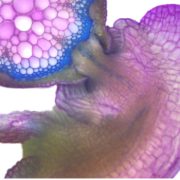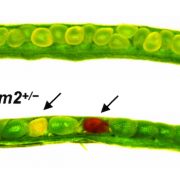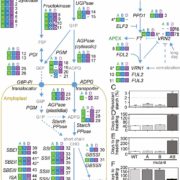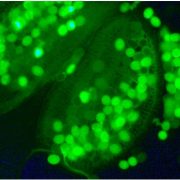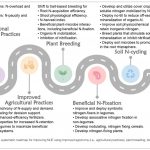A Central Role for Genetics in Plant Biology (Annu. Rev. Plant Biol.)

(Left to right) Shauna and Chris Somerville, Elliot Meyerowitz, David Meinke, Marta Crouch, and Maarten Koornneef in 1985.
Plant biology as a field of study encompasses a rich plethora of subjects, some of which themselves are their own fields. Maarten Koornneef, in this memoir-style article, describes how genetics in particular shaped his career that saw the rise of Arabidopsis as the lovable poster child of plant biology today. Starting with a background in plant breeding allowed Koornneef to provide valuable insight in the beginnings of many different projects. For instance, Koornneef’s keen eye for plant traits allowed him to identify important phenotypes from mutagenic screens, leading to the isolation of several plant hormone mutants, as well as the development of genetic maps and QTL analysis for Arabidopsis. Genetics work in future projects allowed for key developments in tomato cell culture technologies and the pioneering use of natural variation in Arabidopsis accessions to further genetic and ecological evolution studies. Alongside the many projects involved in these diverse topics, Koornneef describes the important collaborations with other geneticists, molecular biologists, computational biologists, and plant biology institutions that made plant biology and Arabidopsis research as fruitful as it is today. He concludes: “I realize that during my career I was part of one of the most exciting periods in plant science, in which plant biology became one topic instead of a group of multiple disciplines.” (Summary by Benjamin Jin) Annu. Rev. Plant Biol. 10.1146/annurev-arplant-071720-111039


